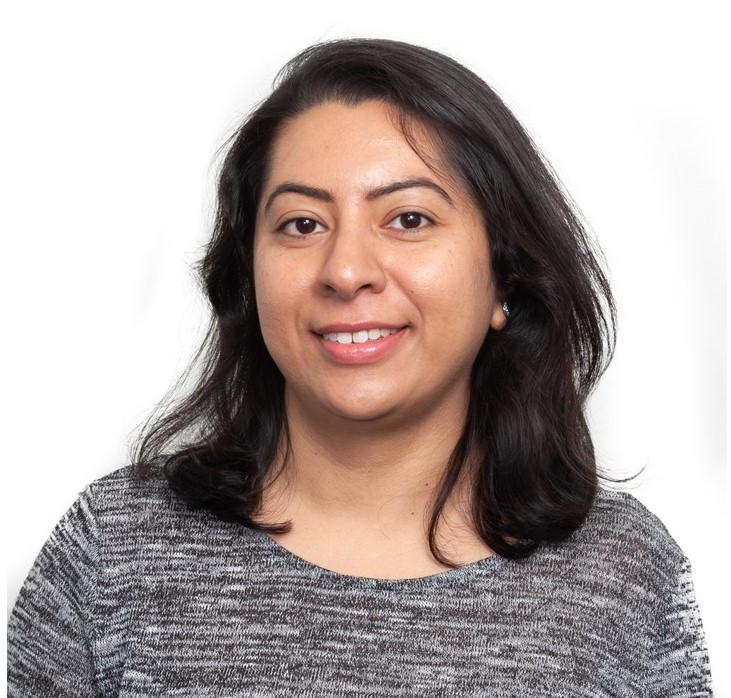 Dr. Priyanka Dey is a post-doctoral research fellow the University of Exeter’s physics department where she works on disease detection technology that uses nanoparticles. Here she tells us about her journey so far –both her journey in science and her other passion, her journey in the cultures and environments of the world! You can come and hear Priyanka speak about her current work at Soapbox Science in Exeter on the 29th of June 2019.
Dr. Priyanka Dey is a post-doctoral research fellow the University of Exeter’s physics department where she works on disease detection technology that uses nanoparticles. Here she tells us about her journey so far –both her journey in science and her other passion, her journey in the cultures and environments of the world! You can come and hear Priyanka speak about her current work at Soapbox Science in Exeter on the 29th of June 2019.
How it all started… Let me start by telling you my life aim when I was a 10-year-old: I wanted to be the host of a travel show aired on TV. Reasons from the 10-year-old me: I love travelling, therefore getting paid to travel would be awesome.
My next step was to convince my parents, but that idea got thrown out of the window. My parents explained me that, being from a small town in a third world and hugely-populated country like India, I needed to be well-educated to get a decent life. Although tore down by the thought of not being able to fulfil my passion of travelling, I always kept it close to my heart and focussed on the next thing that made me passionate.
Yes, you guessed it correctly: Science.
India. After completing my graduation from close to my home-town (Bandel located in the outskirts of Kolkata, India), I went on to one of the best universities in the capital-city of India the Indian Institute of Technology (IIT) Delhi for my master’s degree. My final-year project involved developing ways to prepare intelligent nanomaterials, which provoked my interest and has been my inspiration to pursue nanomaterial research ever since. The thrill of being able to synthesize materials at nanometer sizes, otherwise invisible to the naked eye, and use them to control the properties of surfaces especially for drug delivery was fascinating. As one of the top students of my class, I was then offered a job as a scientist in Research and Development in a renowned company of the Aditya Birla group located in Thailand – I was thrilled given that now I would be able to travel without losing focus on my career.
Thailand. This was my first travel abroad, alone, and I was thrilled, more so because I had earned it myself. I spent two years and it went by in a blink, but I managed to get my travel in that I always wanted. I went from the capital-city Bangkok, or as they call it “Krungthep” to the north Chiang-Mai and south Phuket. At Thai Acrylic Fibre Co. Ltd, I learned about the practical approach of research, logistics arrangement, developing products like fire-resistant acrylic fibres that are often used for carpets and aeroplane seat covers. The job also involved interacting with the company’s present customers and brief potential future customers. During my time, one of the projects that I had worked on in developing pigmented fibres Durashine™ (useful in awnings and beach umbrellas for UV protection) moved from the development stage to scale-up and commercialization. The satisfaction of seeing your developed product in the market is beyond explainable. Apart from the work my Thai experience included: love for the food, in fact I learnt a few of the recipes, attended a Thai traditional wedding of a colleague and went along with them for street-food hopping and local festivals. I feel that it is essential to live as a local to know the people and culture.
Australia. Sad to leave Thailand but Australia was my next calling and I was offered a doctorate (PhD) position in chemistry in sunny Queensland. I choose this particular PhD opportunity at Queensland University of Technology, Brisbane as it dealt with cancer detection using nanoparticles, and at that point of my life I had experienced many cancer-related deaths in my extended family, which had almost broken me.
I thought to myself “this is it, if I do science as my career choice, I need to contribute to the society by tackling real-life challenges and producing real-implementable solutions”. Even today, I am holding on to this as my core principle.
My 3-year research entailed synthesizing intelligent polymers and gold nanoparticles that when combined in specific structures would allow its use for cancer detection. The PhD timeframe is not always smooth and I had my lows and highs too but got through it with perseverance, dedication, a lot of reading, amazing supervisors and friends and pots of coffee. And trust me when I say that I have acknowledged everything I just mentioned, even the coffee, in my thesis acknowledgements. My hard work was recognized and rewarded with the “Outstanding thesis award” from my university, along with four international publications and multiple national, international and overseas conference presentations.
Australia felt like home at many levels – work-wise, friends, house-mates, and supervisors. It has a very multi-national habitat and more importantly, attracts the authentic cuisines to be preserved, at its best, in form of restaurants. From Korean BBQ to Japanese katsu curry and ramen, Turkish kebab, Indonesian, Vietnamese and Chinese specialities amongst many others. We friends enjoyed good food, wine, beaches, brain-excruciating scientific discussions, as well as cricket (though not cheering for the same team most of the time).
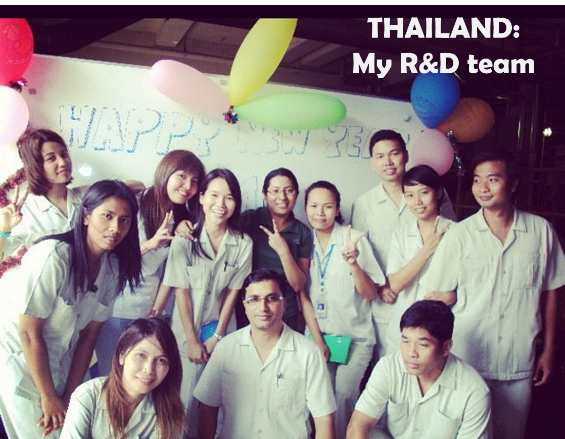
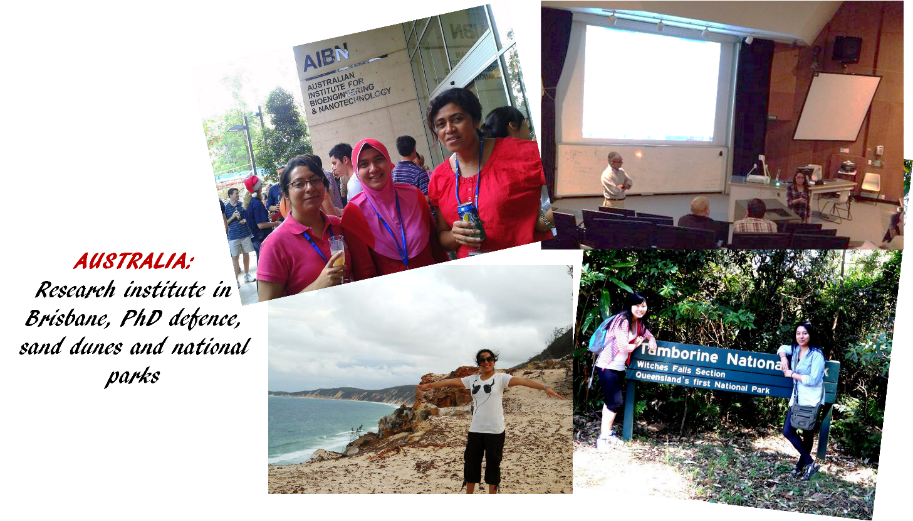
Germany. After officially gaining the right to be referred to as Dr. Dey, I decided to next move to Germany to work as a postdoctoral researcher. I was very excited to dive into the more fundamentals of nanomaterials and Ludwig-Maximillian Universitat Munich was the perfect place for it. When discussing options with my PhD supervisor he jokingly mentioned, “Well, Munich is quite central to Europe and hence perfect for you to travel”, he obviously knew me too well!
The first snow, food – especially German sausages – , beer garden at every corner of the city, Oktoberfest in September, the “Englischer Garten” (i.e., English Garden), superfast trains, biking and the dips in the “see” (lake in German), Indian festivities in a foreign land all added to my life experience. But most importantly, this was the first time I was working in a physics department, though being a chemist. Which meant I got to play with the expensive and fragile but cool optics, lasers and build analytical set-ups that could help me better understand my intelligent “plasmonic” nanostructures. I took a deeper interest in the fundamental aspects of the nanostructures, as compared to the more applied approach I had earlier. I believed that it was important to truly and deeply understand the material properties to be able to then manipulate its structure and properties for the desired application.
Spain. After about 2 years in Munich I moved to Barcelona, Spain with my husband (also a researcher) and had already bought a book titled “Learning Spanish in 10 days” to integrate myself in their world. After a few weeks, I had only learnt how to order my cerveza (beer) and patatas bravas (potato fries) in Spanish. Well that’s all that was needed, my new colleagues and friends suggested.
My new research group NanoB2A located in Catalan Institute of Nanoscience and Nanotechnology (ICN2), Barcelona developed clinical medical devices for detecting diseases and health conditions including gluten-intolerance, tuberculosis and cancer. I worked as a part of a big collaboration with various research centres in Spain, Switzerland and UK in developing medical detection technology capable of detecting an infectious disease condition “Sepsis” by detecting multiple markers related to it. My specific role was to develop a detection “test strip” (say like a, pregnancy strip or a test strip for glucose meter) and detect presence of the infection causing bacteria E. coli and quantify it from a few drops of patient blood using optical spectroscopy. Sepsis, not related to age, can progress quickly from an infection to a life threatening disease condition and even death, hence requiring detection and treatment within 1-2 hours of hospital admission. Our technology could achieve this within 30 minutes and the test could be easily performed at the bed-side of a patient. I further validated our technology by testing actual patient samples while collaborating with one of the largest hospitals, Vall de Hebron, Barcelona. This actually made me realize the intensity of the implications that my research can bring about in the field of disease diagnostics and secretly made me feel proud of my contributions.
During my stay in Spain, it was also nice to be able to socially integrate with the people there, get first-hand experience of the arguments of both Catalan and non-Catalan Spanish citizens on the Catalan independence movement, enjoy the traditions of “La castanyada” (chestnut tradition) and Christmas traditions of “Caga Tio” and “Caganar”. I do enjoy the football world cup along with the cricket world cup now, and I do now also like watching Eurovision, thanks to my stay in Europe.
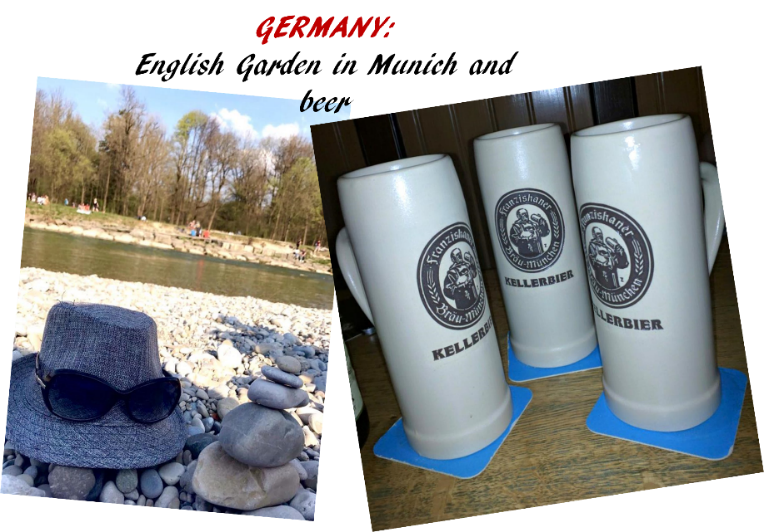
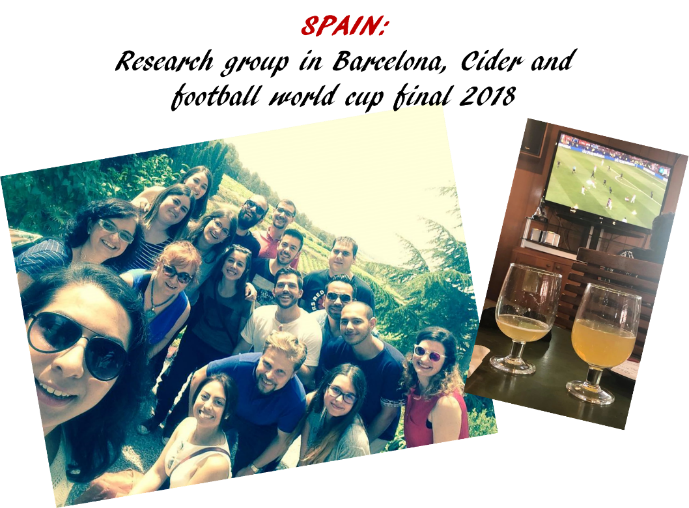
England. After such memorable experiences, I began my present research fellow position in Physics at University of Exeter, UK. The research group leader I work with is one of the pioneers in disease detection technology using optical spectroscopy techniques. This “RaNT” project is a prestigious EPSRC funded project with University of Exeter as the leading partner, along with collaborators from University of Cambridge, University College London and STFC laboratories. My present work deals with developing injectable nanoparticles for cancer detection and therapy. It is exciting to be able to follow my research ideology and stay true to my passion by focussing on real-life challenges and researching a potential implementable solution. My work involves designing and synthesizing “intelligent” gold nanostructures with special optical properties, that when injected into the blood of a human can search and reach cancer tumours precisely, and by tracking the nanostructures, the location of the tumour can be detected by optical spectroscopy (no radiation damages like X-ray or MRI scans to patients). Once detected, light can be used from outside the body to activate these nanoparticles to heat up and kill the cancer cells, allowing therapy without potentially having deterrent affects of chemo or radiation therapy.
I am entertained by the hustle and bustle of London, the history of prestigious educational institutions like Oxford University etc. and the serenity of Exeter and its surroundings, fish and chips, and cider of course. Hence, I would say, that my experiences leading up to here has been extremely fulfilling both career-wise and travel-wise. I would be honest in accepting that it is a relief to hear people speak English everywhere i.e., avoiding any miscommunication pertaining to day-to-day life activities.
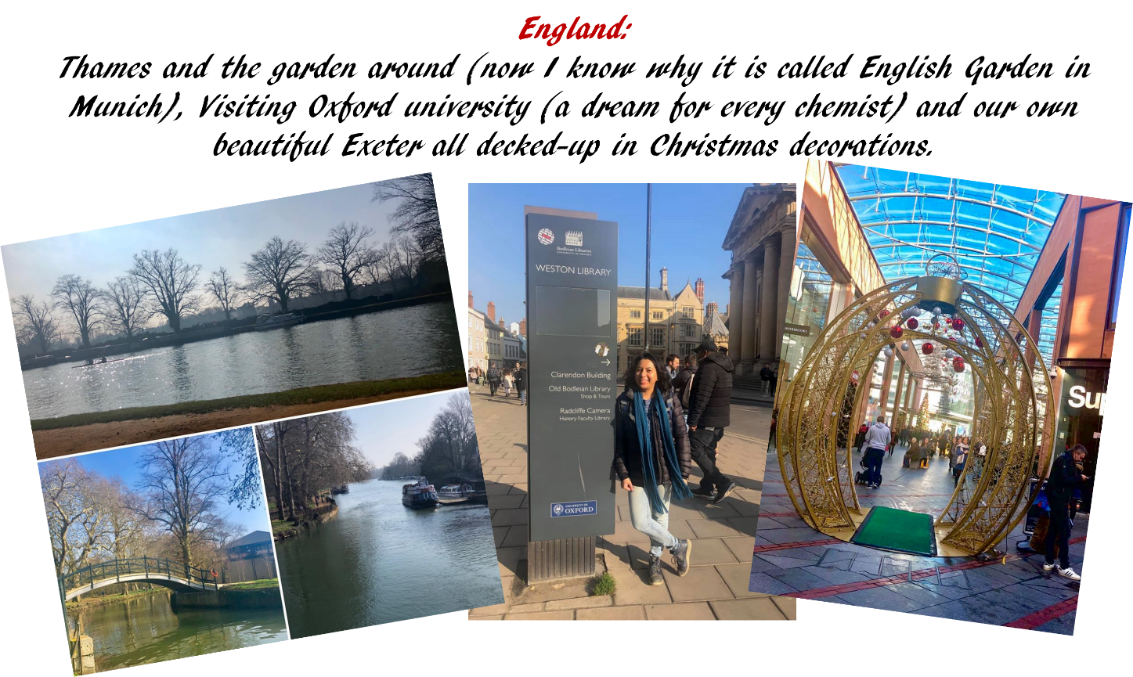
Last but not the least. While on a phone call with my mom recently, she suddenly said, “I am proud of you girl, you did what you wanted to (travel and to see the world) without disregarding our advice (studying)”. This made my day.
I have truly valued each experience with both science and travelling, as there may not be a grander way to learn about LIFE than through travelling. Travelling has helped me grow as a researcher and as a human being, all because I pursued my passions in science. I am surely passionate about travelling and love science and research, and would not have wanted it any other way.
I hope to have convinced you that science does take you places, adds to your adventure and experiences, can be your best travel buddy, and most importantly that scientists’ are not boring AT ALL, nerdy may be!
So, if you like science, believe in yourself and explore your options, it is one of the most rewarding careers.
 Pallavi Kumari is a Biophysicist working on the effect of a new class of organic salts, known as ionic liquids, on cell membranes and cells. She is a PhD student in the School of Physics, University College Dublin (UCD), Dublin, Ireland. She will be taking part in Soapbox Science Dublin 2019 with the talk: “Organic Salts on Cells”.
Pallavi Kumari is a Biophysicist working on the effect of a new class of organic salts, known as ionic liquids, on cell membranes and cells. She is a PhD student in the School of Physics, University College Dublin (UCD), Dublin, Ireland. She will be taking part in Soapbox Science Dublin 2019 with the talk: “Organic Salts on Cells”. 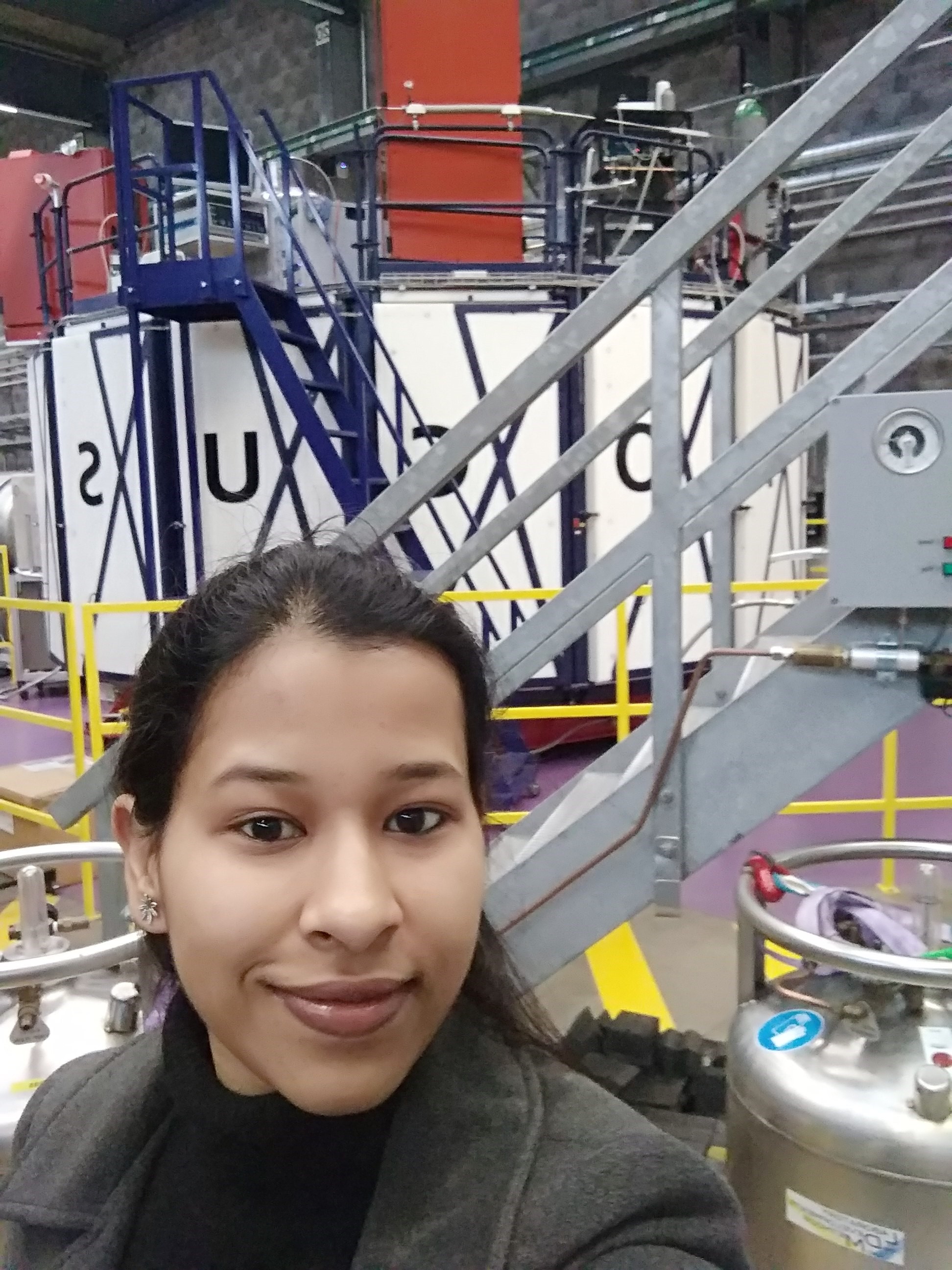
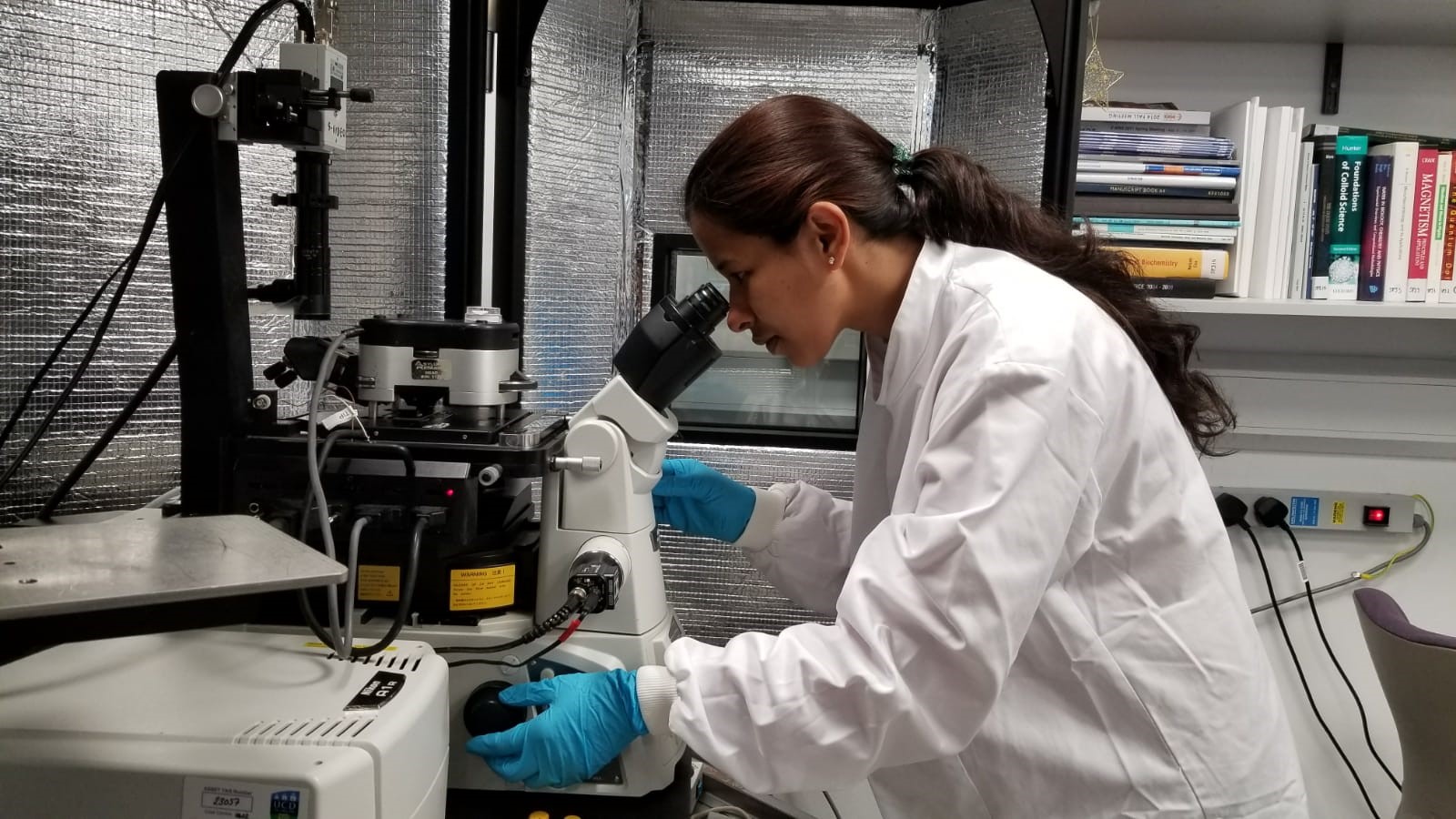
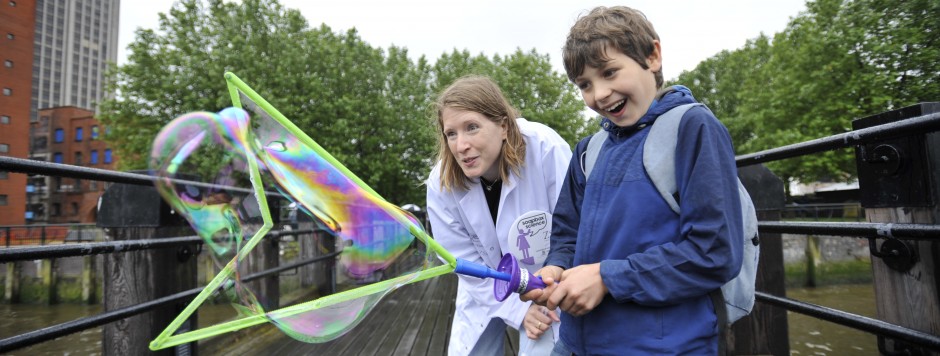
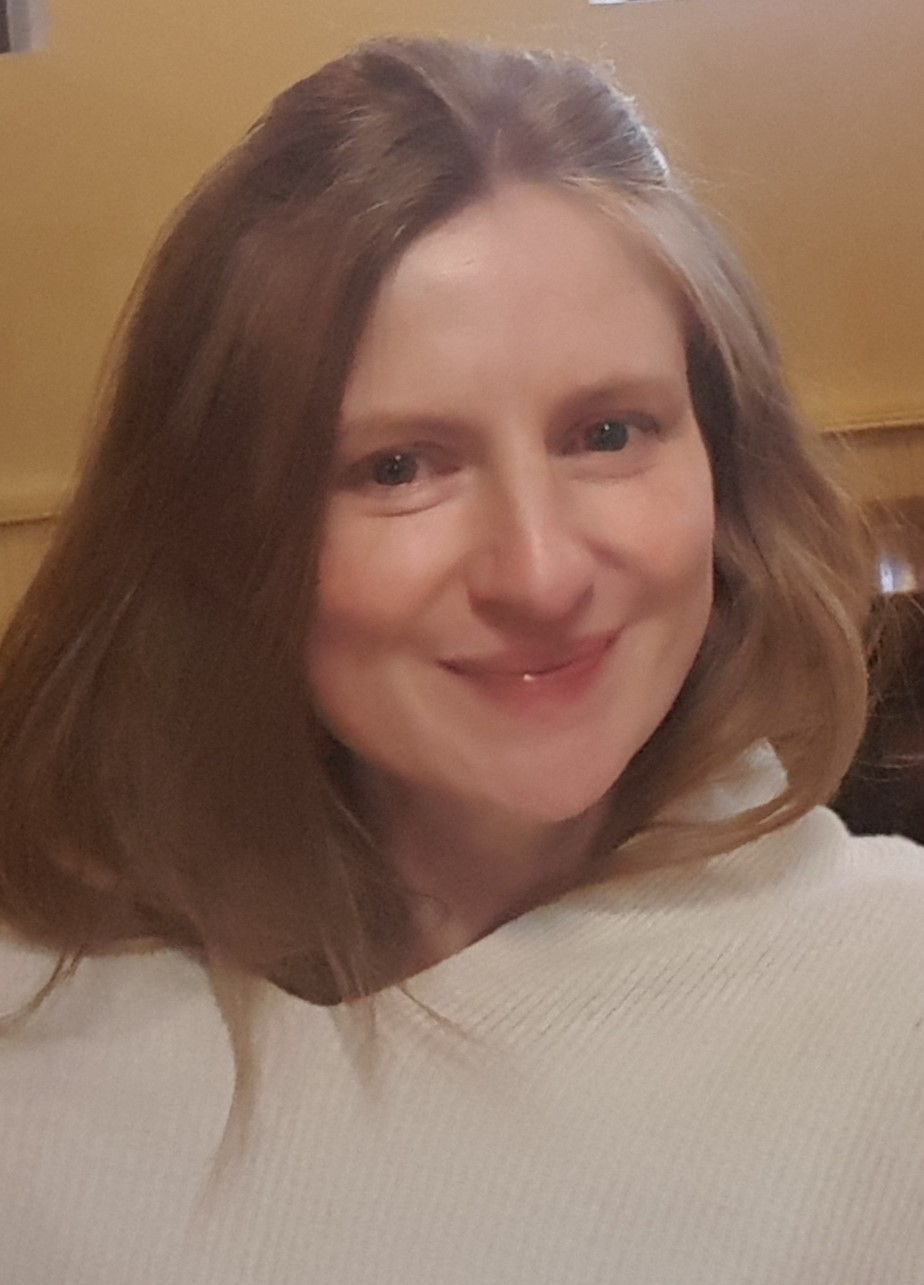 Dr. Sarah Brennan
Dr. Sarah Brennan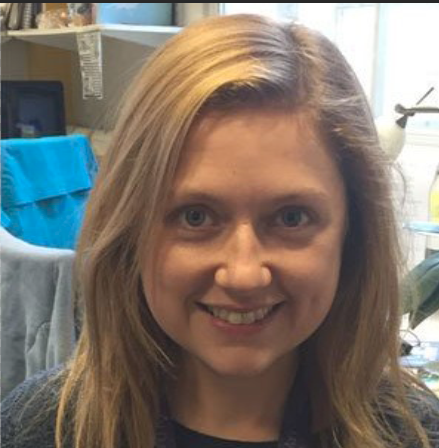 Dr. Fearon Cassidy
Dr. Fearon Cassidy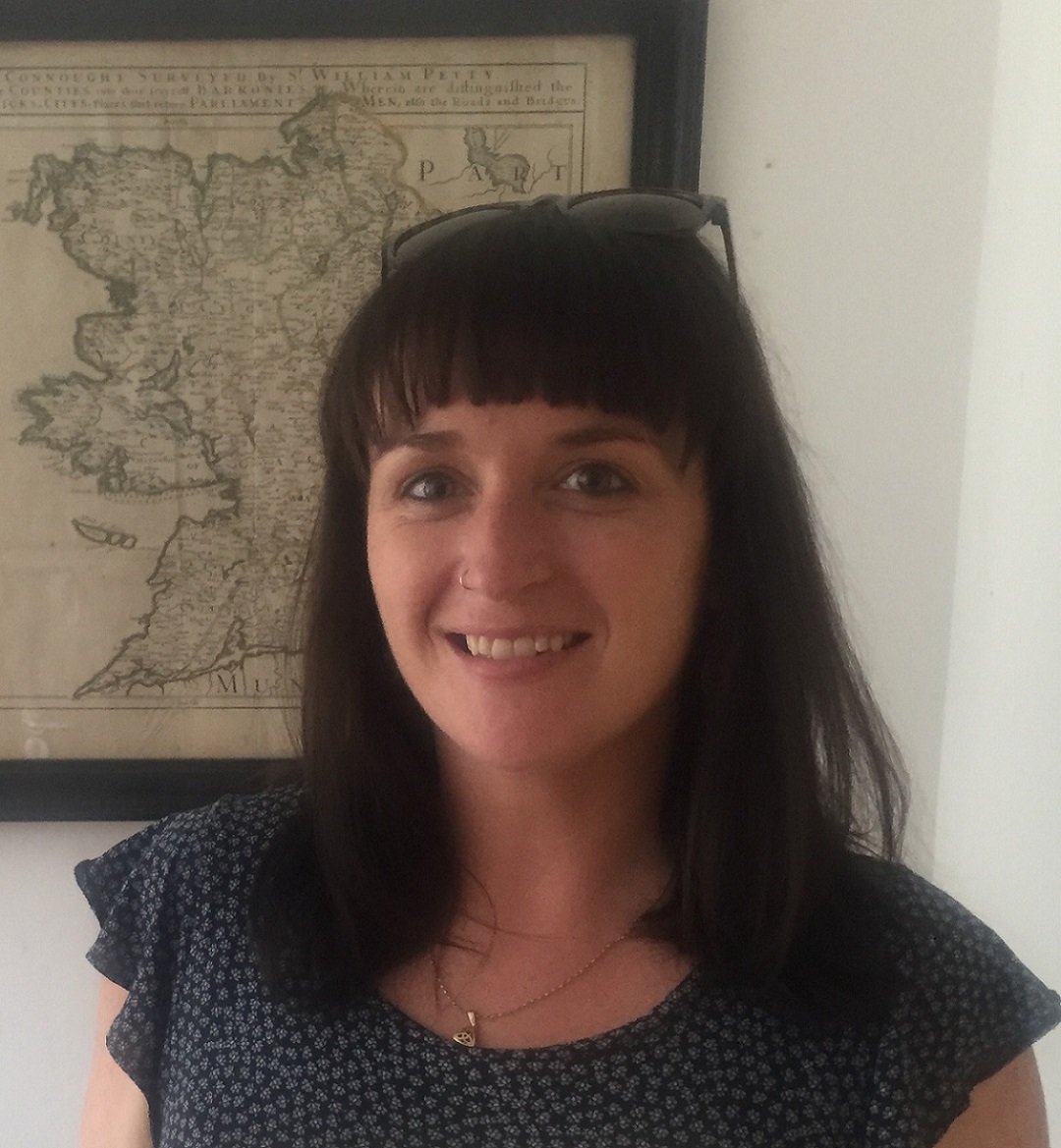 Michelle Curran
Michelle Curran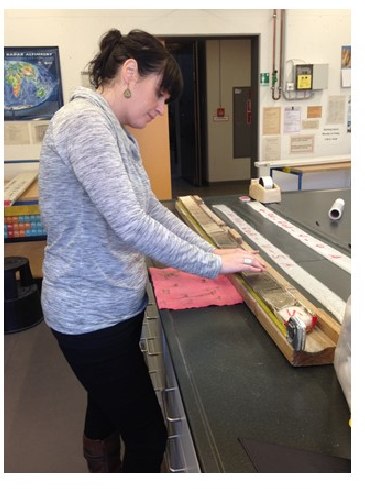 Research has shown that increased warming in the Arctic has been linked to extreme weather events such as heat waves, intense storms and cold snaps, in the northern mid-latitudes, where Ireland is located. However, there are large uncertainties associated with future climate change predictions and this is simply because we don’t know how the climate operates under very warm conditions due to our short instrumental records. And this is where my research comes in. We know there were warmer periods in the past, as a result of natural climate variability, i.e. not caused by humans. By examining ocean-atmosphere circulation during these periods my research will help us understand how a warmer Arctic may impact our climate here in Ireland. My research uses ocean sediment cores and from these I extract microscopic shells, called foraminifera. These are preserved physical characteristics of the past that can stand in for direct measurements. Foraminifera live in the sea and build their shells by incorporating elements from the surrounding water. By testing the ratio of elements within the shell we can tell how warm the oceans were in the past and then make inferences about atmospheric circulation.
Research has shown that increased warming in the Arctic has been linked to extreme weather events such as heat waves, intense storms and cold snaps, in the northern mid-latitudes, where Ireland is located. However, there are large uncertainties associated with future climate change predictions and this is simply because we don’t know how the climate operates under very warm conditions due to our short instrumental records. And this is where my research comes in. We know there were warmer periods in the past, as a result of natural climate variability, i.e. not caused by humans. By examining ocean-atmosphere circulation during these periods my research will help us understand how a warmer Arctic may impact our climate here in Ireland. My research uses ocean sediment cores and from these I extract microscopic shells, called foraminifera. These are preserved physical characteristics of the past that can stand in for direct measurements. Foraminifera live in the sea and build their shells by incorporating elements from the surrounding water. By testing the ratio of elements within the shell we can tell how warm the oceans were in the past and then make inferences about atmospheric circulation.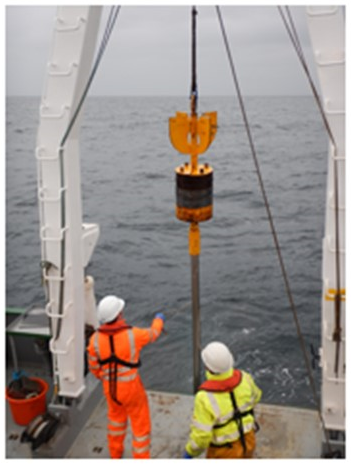 Considering current climate change predictions it is vital we better understand how the climate system operates under warmer conditions in order to adapt to future extreme weather, as these events are likely to become more frequent and perhaps even our “normal” climate state. This is particularly relevant in light of the extreme weather experienced in recent times, such as ex-hurricane Ophelia in October 2017, the flooding events of January 2018, the blizzard-like conditions from the “Beast from the East” in March 2018 and the heat waves experienced in summer 2018. Such weather extremes highlight the need to understand and prepare for these weather events so we can make informed decisions on climate related policies, as more extreme weather will have serious economic and societal impacts in Ireland. Therefore, to make informed decisions it is important to understand how the climate system works during times when it was warmer than today.
Considering current climate change predictions it is vital we better understand how the climate system operates under warmer conditions in order to adapt to future extreme weather, as these events are likely to become more frequent and perhaps even our “normal” climate state. This is particularly relevant in light of the extreme weather experienced in recent times, such as ex-hurricane Ophelia in October 2017, the flooding events of January 2018, the blizzard-like conditions from the “Beast from the East” in March 2018 and the heat waves experienced in summer 2018. Such weather extremes highlight the need to understand and prepare for these weather events so we can make informed decisions on climate related policies, as more extreme weather will have serious economic and societal impacts in Ireland. Therefore, to make informed decisions it is important to understand how the climate system works during times when it was warmer than today. Joanne Smith (@jorosmith) is an Associate Professor and Director of Research in the School of Psychology at the University of Exeter. She was also Director of Education from 2012-2014. Joanne studies how the groups that we belong to influence our behaviour and how we can harness insights from social psychology to promote behaviour change. She studies social influence and behaviour change across multiple domains, with a focus on health and sustainable behaviour. Joanne will take part in our
Joanne Smith (@jorosmith) is an Associate Professor and Director of Research in the School of Psychology at the University of Exeter. She was also Director of Education from 2012-2014. Joanne studies how the groups that we belong to influence our behaviour and how we can harness insights from social psychology to promote behaviour change. She studies social influence and behaviour change across multiple domains, with a focus on health and sustainable behaviour. Joanne will take part in our  Dr. Priyanka Dey is a post-doctoral research fellow the University of Exeter’s physics department where she works on disease detection technology that uses nanoparticles. Here she tells us about her journey so far –both her journey in science and her other passion, her journey in the cultures and environments of the world! You can come and hear Priyanka speak about her current work at
Dr. Priyanka Dey is a post-doctoral research fellow the University of Exeter’s physics department where she works on disease detection technology that uses nanoparticles. Here she tells us about her journey so far –both her journey in science and her other passion, her journey in the cultures and environments of the world! You can come and hear Priyanka speak about her current work at 




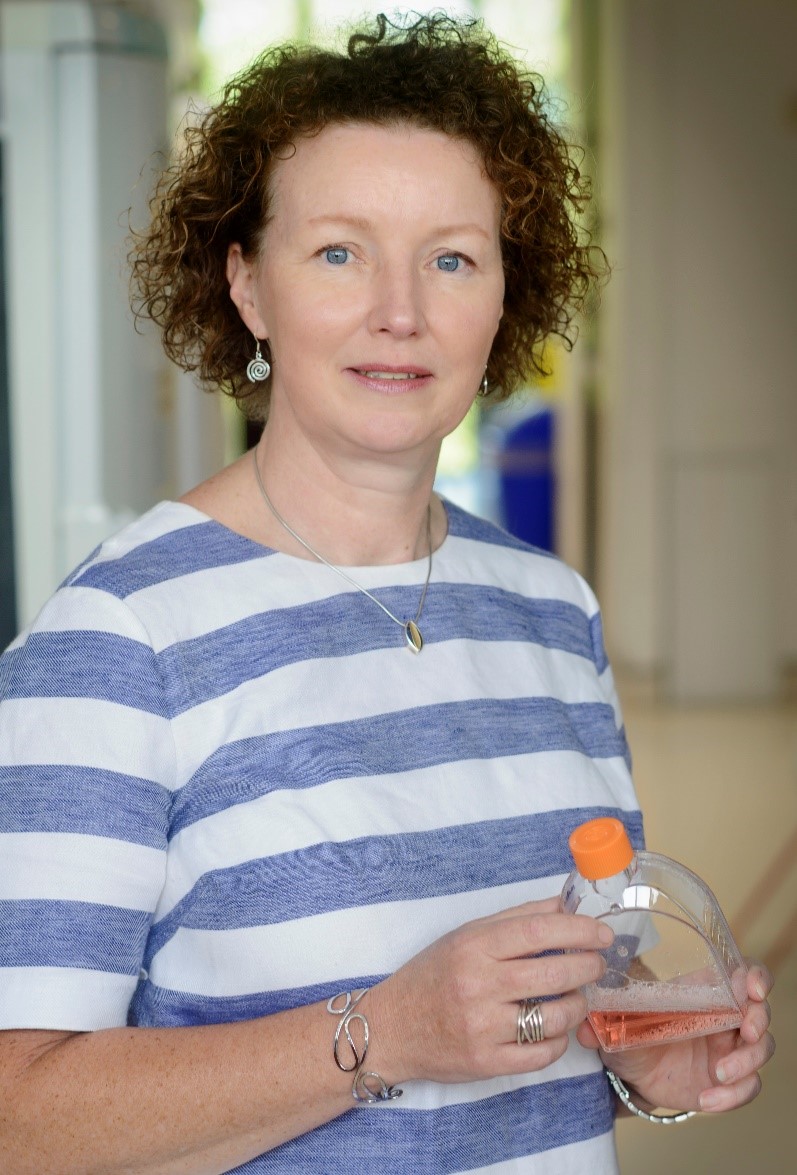 Dr Siobhán McClean, UCD, will be taking part in
Dr Siobhán McClean, UCD, will be taking part in 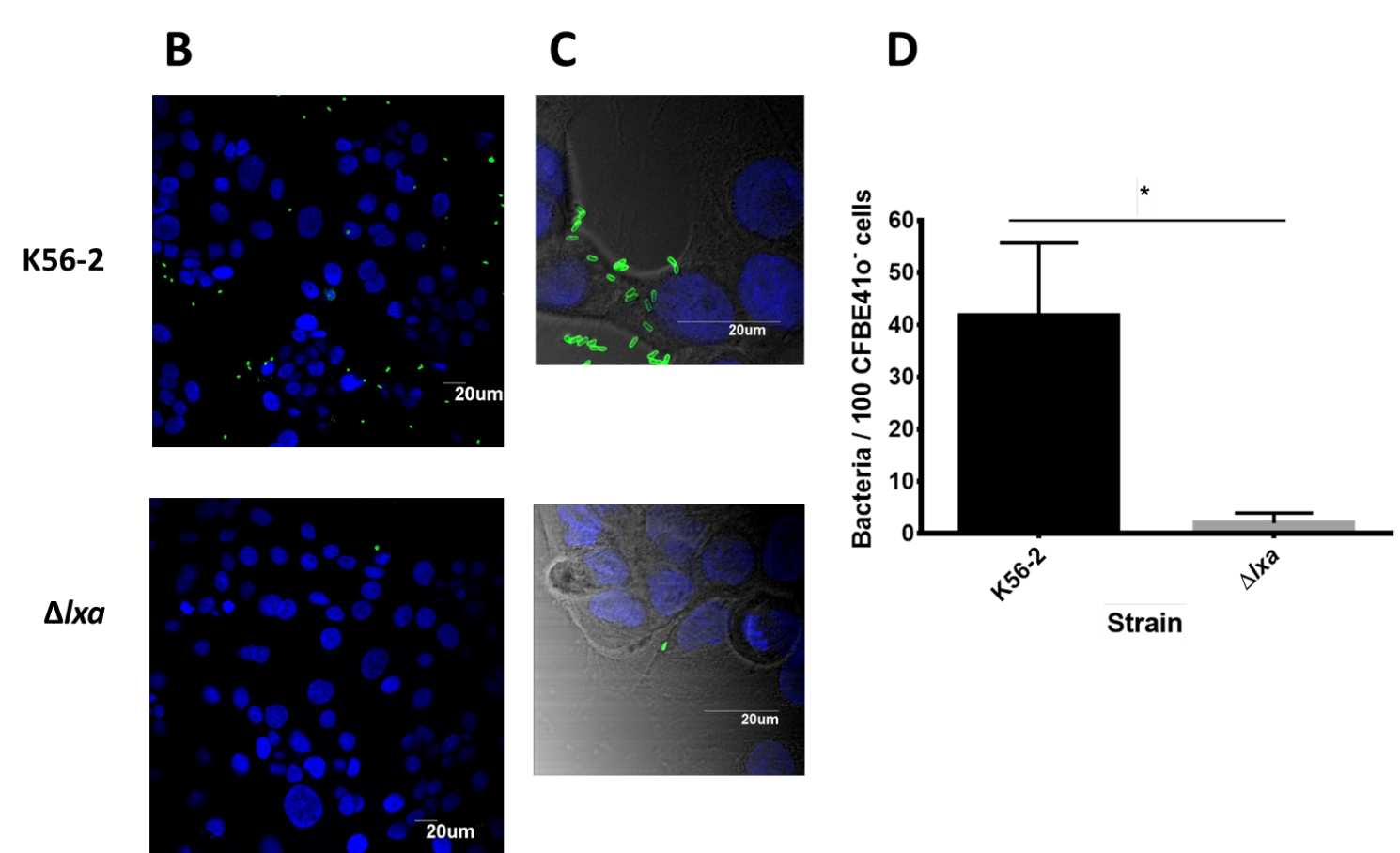
 Fengyuan Zhang (@FengyuanZhang1), is a PhD student in the School of Physics at University College Dublin. Her work is focused on the study of nanoscale materials which have the potential to be used for faster data storage applications with lower energy consumption.
Fengyuan Zhang (@FengyuanZhang1), is a PhD student in the School of Physics at University College Dublin. Her work is focused on the study of nanoscale materials which have the potential to be used for faster data storage applications with lower energy consumption.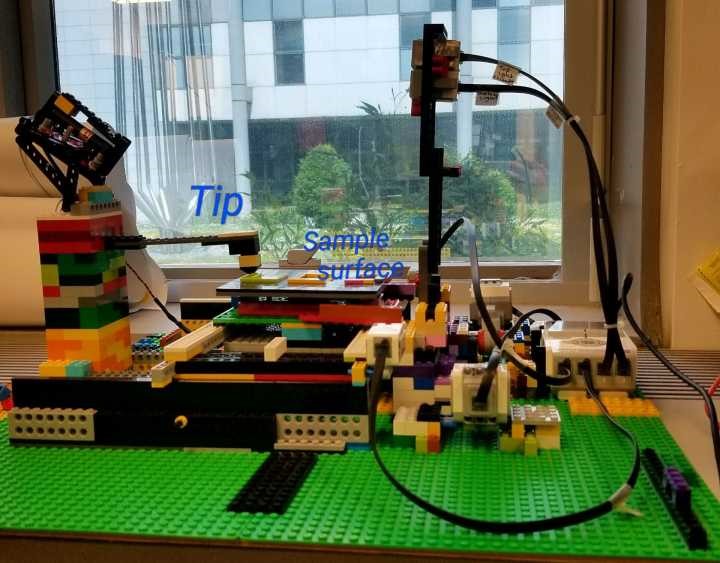 Figure1. Lego model of how a tip scans or scratches the surface of the material.
Figure1. Lego model of how a tip scans or scratches the surface of the material.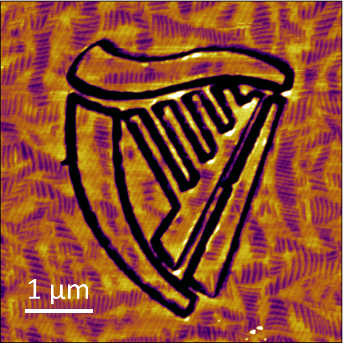 Figure 2. Milled harp from UCD logo in 5*5μm size.
Figure 2. Milled harp from UCD logo in 5*5μm size.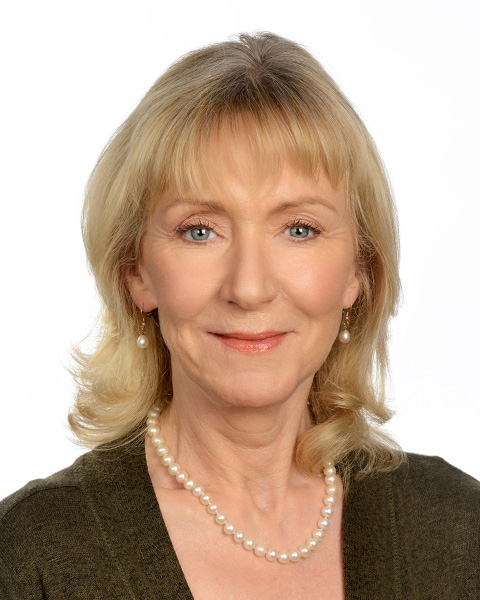 Prof Angela Kydd
Prof Angela Kydd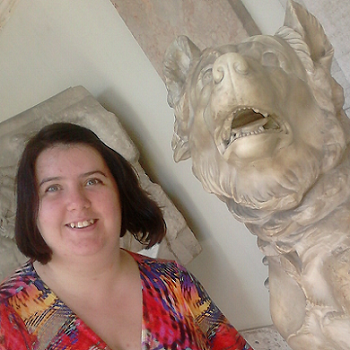 Irene O’Callaghan
Irene O’Callaghan